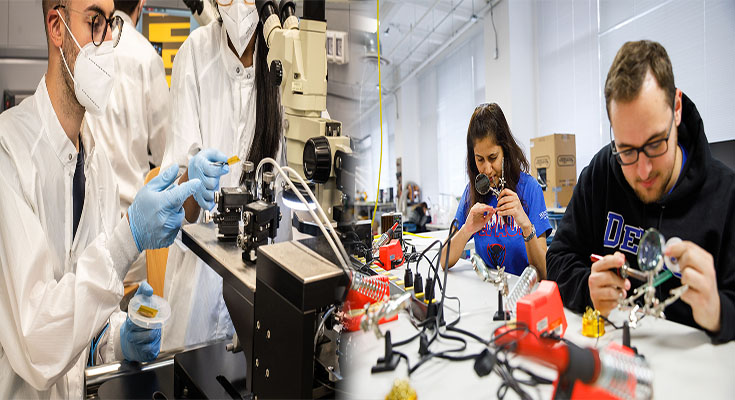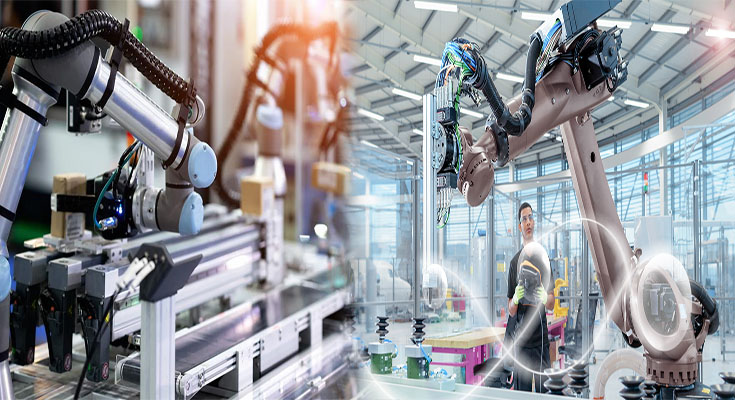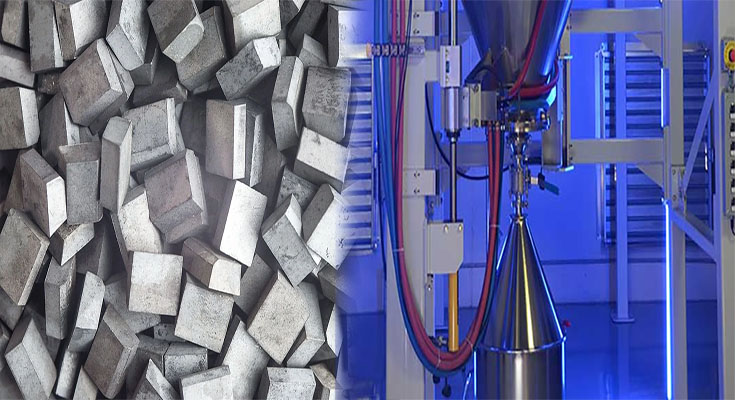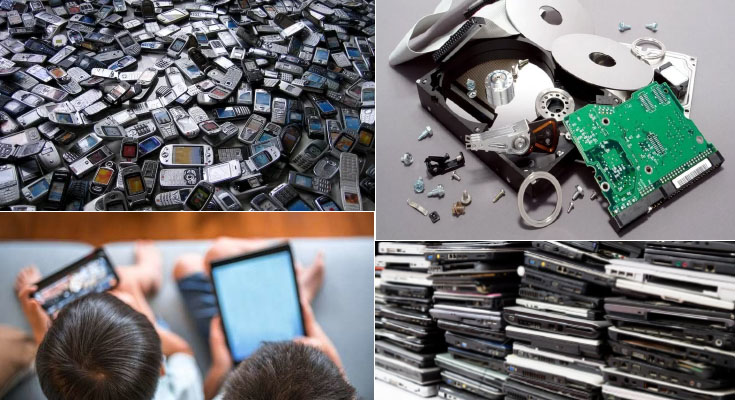
Cyber Physical Systems Engineering
The field of cyberphysical systems engineering focuses on the design of embedded computer systems. Applications range from intelligent manufacturing to autonomous vehicle control and smart power grids. This field of research is rapidly advancing to meet the challenges of the 21st century. Here are some of the key areas of research within the field.
Principle-based engineering
Principle-based cyber physical systems engineering is the process of designing systems that interact with the physical world. This field of engineering is rapidly expanding, with applications everywhere from smart buildings and medical devices to automobiles. It comprises many sub-disciplines including modeling, analysis, and real-time systems.
Among these sub-disciplines, mechanical engineering, software engineering, and embedded systems all have a great deal of differences in their design practices. This means that there is no common language in designing CPS, which makes rapid innovation essential. Because of these differences, engineers from different disciplines must work together to …
Cyber Physical Systems Engineering Read More



